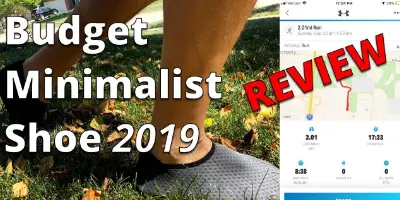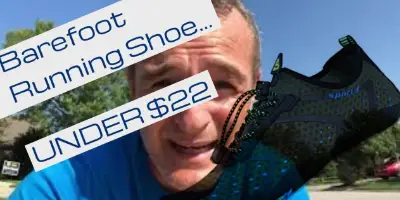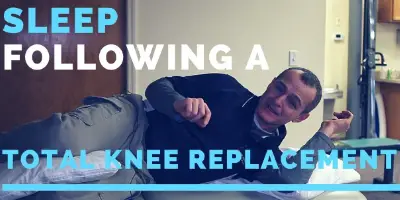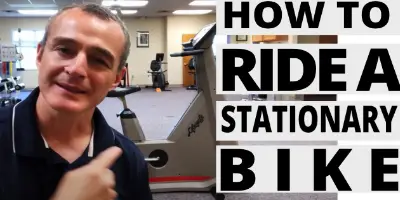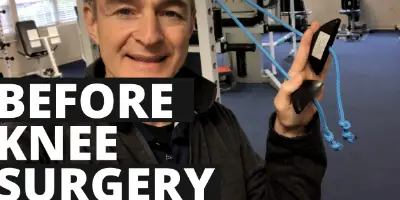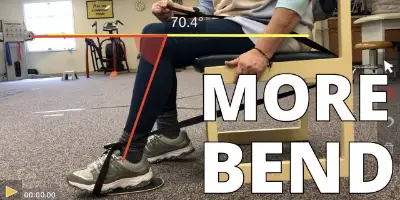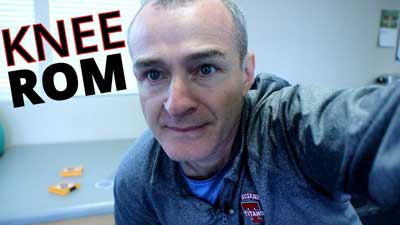Total Knee Replacement Pre Surgery Online Class
This total knee replacement class is 100% online, and totally FREE. In this three part class you will learn what to do 6-weeks before your surgery, the day of surgery, and 12-weeks after surgery.
* Class Dates To Be Announced
FREE Online Knee Replacement Pre-Surgical Class
In this video I share the first part of a three part class on preparing for your knee replacement surgery.
This portion of the class discusses pre-surgical considerations.
Watch time is 17:12 minutes.
What should I be doing 6-weeks before my knee replacement surgery?
There is lots to do before surgery. In this video you will hear some of the often forgotten parts of the pre-surgical plan.
What should I be doing the day of my knee replacement surgery?
The day of knee surgery you will need to follow you surgical teams recommendations.
Recommendations will vary slightly but be sure to utilize checklists to reduce the chances of forgetting any instructions.
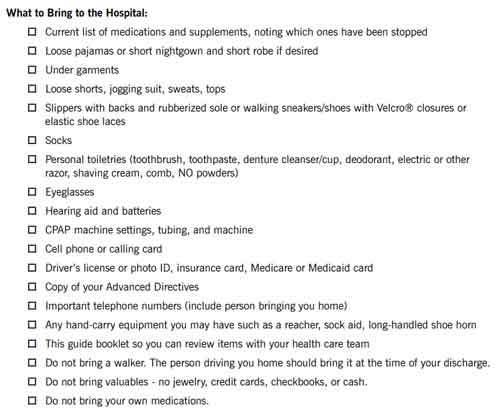
What can I expect during the first 12 weeks after surgery?
Immediately after surgery a physical therapist will help you stand and walk around your recovery room.
If surgery was performed in an outpatient surgery center you will return home the same day. Some patients will stay in the hospital for a short stay or transitioned to a skilled nursing facility if it is not safe to return home.
Therapy will begin the day of surgery and continue for an average of 6 to 12 weeks.
Most patients in the US will us a walker for the first few days then transition to a cane before walking independently without an assistive device.
Physical therapy may start in the home or skilled nursing facility before transitioning to an outpatient clinic or having a mobile therapist perform outpatient therapy in the patient's home.
Checklists
What to Bring to the Hospital on the Day of Your Knee Replacement:
Current list of medications and supplements, noting which ones have been stopped
Loose pajamas or short nightgown and short robe if desired
Under garments
Loose shorts, jogging suit, sweats, tops
Slippers with backs and rubberized sole or walking sneakers/shoes with Velcro® closures or elastic shoe laces
Socks
Personal toiletries (toothbrush, toothpaste, denture cleanser/cup, deodorant, electric or other razor, shaving cream, comb, NO powders)
Eyeglasses
Hearing aid and batteries
CPAP machine settings, tubing, and machine
Cell phone or calling card
Driver’s license or photo ID, insurance card, Medicare or Medicaid card
Copy of your Advanced Directives
Important telephone numbers (include person bringing you home)
Any hand-carry equipment you may have such as a reacher, sock aid, long-handled shoe horn
This guide booklet so you can review items with your health care team
Do not bring a walker. The person driving you home should bring it at the time of your discharge.
Do not bring valuables - no jewelry, credit cards, checkbooks, or cash.
Do not bring your own medications.
To improve my health before surgery:
I quit smoking to improve healing and reduce the risk of infection after surgery.
I had a dental check-up to make sure all my dental needs are taken care of before surgery.
I received a flu vaccination (if during flu season -- October through March).
I am eating lightly the week before my surgery to help reduce the risk of constipation.
I have increased fluids and fiber in my diet as well.
I had my diabetes checked, and it is under control (if applicable).
Things to do before surgery:
I have verified with my insurance company that I have coverage for my surgery.
I have attended the total joint replacement education class.
I have received my pre-admission testing schedule. If I have not received my schedule with in two weeks before my surgery, I will contact the surgery scheduling office.
I have completed all lab work requested from my surgeon’s office.
I will call my Specialty Care Coordinator if I have questions or concerns about my surgery.
I have talked to my Specialty Care Coordinator or surgeon about discharge options.
I have completed a Living Will or Health Care Power-of-Attorney to have on file in my chart.
I have not shaved my legs 3 days before my surgery.
I have arranged for someone to drive me home when I’m discharged from the hospital.
I have arranged for someone to drive me to my follow-up appointments.
More Blog Posts ...
Low cost minimalist shoes
Finding a low cost yet durable minimalist shoe can be challenging. Here is one that I have tested.
Best Minimalist Shoe In 2018 On Amazon – By A Physical Therapist
Minimalist shoes allow your foot to act like a foot. The ability for your toes to move, your arch to flex, and your whole lower kinetic chain to function is one of the main reasons to consider transitioning to a minimalist shoe.
Best Position To Sleep After A Total Knee Replacement
The best position to sleep in after a total knee replacement is flat on your back with a pillow under your heel.
This is because this position allows the knee to remain in full extension throughout the night.
If you are not experiencing difficulty achieving full knee extension you may prefer to sleep in other positions.
How To Use A Stationary Bike After A Total Knee Replacement
The upright stationary bike is a very common tool used in the rehabilitation of your total knee replacement. In many cases the upright stationary bike is preferred because it reduces the knee flexion requirements. In this video I show you some tips for using a stationary bike at home and turning a standard upright bike into a recumbent bike.
How to prepare for knee replacement surgery?
There is a lot you can do before your total knee replacement surgery to prepare. Step 1: Improve your cardiovascular fitness – your body will be dedicating much of its time and energy to repairing tissue. The better your heart and lungs are working the better your body can recovery. Step 2: Strengthen the rest of your body. While you are waiting on your knee surgery, you can strengthen the other 87% of your body. Step 3: Get your game face on. There will be plenty of mental and emotional challenges along the path to recovery. The better you prepare yourself to face these challenges the better you will be to overcome them.
Easiest Way To Increase Knee Bend At Home After A Total Knee Replacement Sitting – Real Patient
There are an infinite number of ways to bend your knee and all too often I see clients who have been told heel slides need to be completed while laying on your back. That simply isn’t the case. In this video I show you how to perform heel slides seated in a chair and using a strap to assist.
3 EASY Ways to Measure Knee Flexion at Home
Learn 3 easy ways to measure knee flexion at home.
